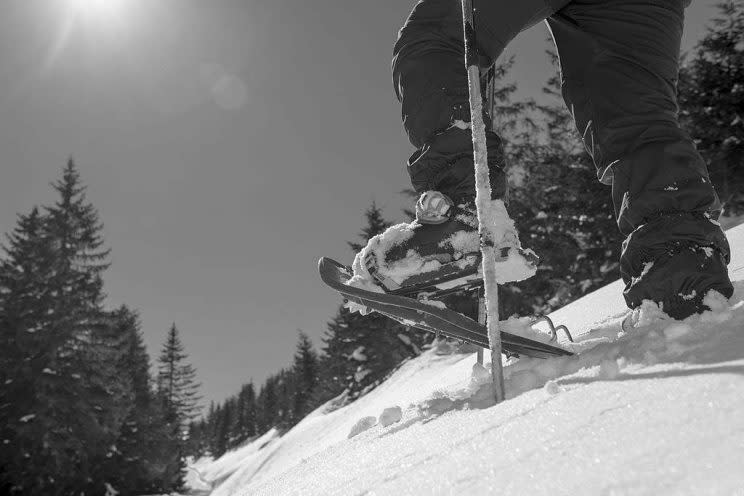Volunteers the 'backbone' of search and rescue

The call came late on Christmas Day that two snowshoers had failed to return from a trek in the mountains north of Vancouver.
For days dozens of volunteers from North Shore Search and Rescue combed the snow-covered terrain.
The risk of an avalanche and the lack of any sign of 43-year-old Roy Tin Hou Lee and 64-year-old Chun Sek Lam led rescuers to temporarily suspend the search. (Update: The search has since been called off.)
Snowboarder recounts tale of survival after spending 3 days stranded on Cypress Mountain Resort
‘He would have died’: Father finds injured son at Nakiska hours after fall
It was the 132nd call-out for the team at North Shore Search and Rescue who, like 2,500 other British Columbians, volunteer their time to help those in peril in the province’s vast and popular backcountry.
Across Canada, the Canadian Forces, the Coast Guard and Parks Canada all have a key role in search and rescue operations, but there is also an army of about 12,000 volunteers who spend 300,000 hours per year on searches, according to the Search and Rescue Volunteer Association of Canada.
Each year, these volunteers take part in about 2,000 ground searches for lost or injured hikers, skiers and other users of our 18 million square kilometres of Canadian wilderness.
But the epicentre is British Columbia.
“Within B.C. there are 80 SAR teams with approximately 2,500 volunteer members, and these teams take part in over 1,500 ground search missions each year, compared to roughly 2,000 in all of Canada,” Andy Watson, spokesman for Emergency Management B.C., told Yahoo Canada News.
Sandra Riches, the B.C. provincial co-ordinator for the AdventureSmart program, said the Lower Mainland and the Sea-to-Sky corridor are the busiest search areas of the country.
“In British Columbia we have more call-outs that then rest of Canada combined, every year,” Riches told Yahoo Canada News.
“We’re an active and healthy province, and people are out there all the time – which is great. That’s what we want people to do, but they need to get informed before they go out there.”
The increasing popularity of backcountry tourism, along with increasing access to it, has led to a huge leap in rescue situations over the past two decades.
The number of ground searches in B.C. spiked from about 300 in 1991 to more than 1,200 last year, according to provincial statistics.
There have been about 1,500 call-outs this year for the volunteer search army in B.C.
“These are moms, dads, grandmas, grandpas, brothers and sisters that leave their workplace and friends and family to go and help you,” said Riches.
Riches’ AdventureSmart program aims to educate the public about basic backcountry safety: trip planning, training and taking essentials.
“Doing those three things can mean the difference between us finding you in a couple of hours, in case of an incident where you’re lost, in trouble or hurt… and us looking for days.”
B.C. allots $9 million in funding annually to these organizations, many of which also qualify for other grants.
Earlier this year, the province also announced a one-time, $10-million grant for training, administrative support and equipment renewal.
The federal government has also granted a tax credit for search and rescue volunteers on par with volunteer firefighters.
They are, in many cases, the “backbone” of Canada’s search and rescue system, according to a 2013 review of search and rescue in Canada.
“They are often the first to reach Canadians in peril,” it stated.
John Blown, a spokesman for North Shore Search and Rescue, said the team hoped to resume the search for Lee and Lam on Friday.
The search has involved the 30 volunteers from North Shore SAR, others from nearby Lions Gate SAR, Emergency Management BC, BC Parks, Cypress Ski Patrol and three choppers from Talon Helicopters.
“Avalanche danger was high,” he told Yahoo Canada News.
“A lot of areas that we have left to search are avalanche terrain, so we can’t go into that terrain…it would be very dangerous for our rescuers.”
“It looks like [Friday] we’re going to get a bit of a break in the weather, so we’re planning on starting again at first light with crews and with air support.”



